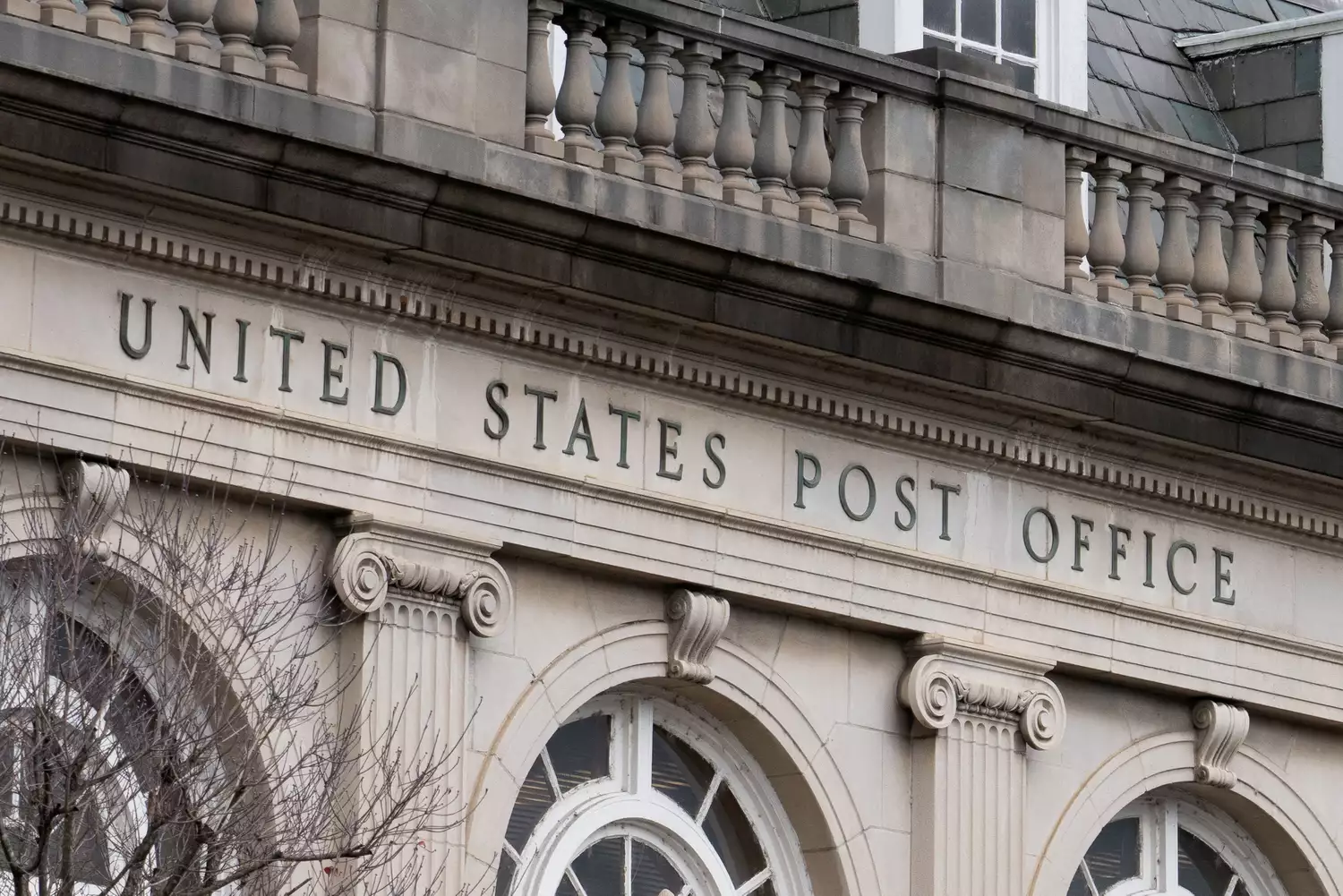
You’re in line at the bank. Or are you in line at the post office? In some countries, the answer is simply “yes.” Now, postal banking is being talked about in the U.S., with potential benefits for those without savings account, along with people currently depending on “alternative monetary services,” consisting of check-cashing services and payday advance loan.
Surprisingly, postal banking isn’t an originality. Your grandparents may still keep in mind transferring money at the local post office. Here’s more on the principle, including what postal banking might look like if it returns to this country, and its prospective benefits and problems.
The History of Postal Banking
Undoubtedly, postal banking was offered for more than 50 years. In 1911, Congress encouraged people– mainly immigrants– to make savings deposits in the Postal Savings System (PSS), rather than concealing money in your home. The system peaked in appeal in the 1930s, when few relied on the banks after various bank runs and failures.1.
PSS ran as a middleman of sorts, offering security to the depositor and a source of inexpensive, low-interest-rate money for regional banks. It worked like this:.
The depositor got a 2% interest rate from the PSS, and a warranty in an age prior to the Federal Deposit Insurance Corp. (FDIC) guaranteed deposits.
The PSS put the money into a regional bank.
The banks just paid the PSS 2.25%, a lower rates of interest than what they paid to other depositors.
The bank then provided the money to neighborhood businesses, taking any revenues made on the difference.
The system was phased out in 1967, as more consumers turned to now-FDIC-insured banks and higher-rate U.S. bonds for much better returns. The USPS still offers money orders, electronic fund transfers, and U.S. Treasury check-cashing services.
Postal Banking: New Life for an Old Idea.
One in four American families are either unbanked or underbanked, noted the August 2020 Biden-Sanders Unity Task Force in recommendations that set out Biden’s prospective policy concerns if chosen president. The unbanked (homes in which nobody has a checking account) and underbanked (those who have savings account, however use non-bank financial services) are at risk of losing cash due to fees and interest rates that arise from payday lenders and check-cashing services.
The Unity Task Force recommendations motivate Democrats to support and promote congressional efforts concerning “savings account and real-time payment systems through the Federal Reserve and quickly accessible service places, including postal banking.”.
In 2018, Sen. Kirsten Gillibrand (D-N.Y.) introduced the Postal Banking Act to re-establish postal banking. In September 2020, Bernie Sanders (I-Vt.) joined Gillibrand to reestablish the Postal Banking Act.
The advantages, they said, are twofold. Postal banking might produce roughly $9 billion in yearly income, strengthening the USPS. The act likewise would decrease dependence on payday lending institutions in low-income and rural communities.2.
After all, Sanders and Gillibrand explained, the USPS already serves almost every neighborhood in the nation and might help as much as 10 million Americans who are unbanked or underbanked.2.
What Could Postal Banking Include?
” I’ve seen several different propositions,” said Alex Horowitz, senior consumer financing research study officer at the Pew Charitable Trusts, by phone. The Pew Trusts consist of an independent, nonprofit organization focused on the public interest.
Propositions for application range from broadening USPS’s existing financial services– such as including pre-paid cards with cost savings and bill-paying functions– to a public-private collaboration in between USPS and banks or credit unions, he said. Or, like supermarkets, a bank or credit union could have a mini-branch or customer-service counter for paying bills and cashing checks.
The Postal Banking Act, as presented initially in 2018 and once again in September 2020, proposes thorough, full-service banking that includes:3.
Cost savings and checking accounts of up to $20,000.
Loans of approximately $500.
Checking accounts and interest-bearing savings accounts.
Debit cards.
ATMs.
Check-cashing services.
Automatic expense pay.
Services to send out and receive money from U.S.-based and global recipients.
Keep in mind.
In 2020, Chase Bank met the U.S. Postal Service about renting a “small number” of spaces for ATMs to “better serve some traditionally underserved communities.” A spokesperson noted these preliminary conversations didn’t lead to an arrangement, and there aren’t current strategies to move forward.
Postal Banking: On the Rise.
The U.S. postal system is under extreme pressure. With that in mind, it’s noteworthy that monetary services provide between 25% and 71% of postal-service operating profits in some countries, including the U.K., Switzerland, and New Zealand, according to a 2014 white paper published by the Office of Inspector General at the U.S. Postal Service.1.
Despite the white paper and support from leaders including Sen. Elizabeth Warren, there hasn’t been much motion forward until just recently.
” I’ve worked on postal banking for a long period of time. I’ve seen a genuine snowballing of interest in the mainstream in the last few years,” Porter McConnell at Take on Wall Street, a progressive campaign promoting for monetary reform, informed The Balance by phone. She was happy that postal banking was in the Unity Task Force recommendations.
More than 3.5 million Americans live more than 10 miles from the closest bank branch, according to the Pew Trusts. “Proximity to a bank branch is related to better financial health,” Horowitz stated. A quickly available payday lender might entice somebody who lives further from a bank and is on the financial edge to secure a same-day loan with a triple-digit APR, merely to avoid overdraft and late costs at a bank.
Those fees are partly to blame for unbanked and underbanked individuals preventing bank services, McConnell stated. But location is also. “Many unbanked and underbanked households remain in rural and urban banking deserts,” McConnell said.
She pointed out that there are more post workplaces around the country than Starbucks and McDonald’s locations combined. That “ubiquitous” scale might permit the postal service to ramp up monetary offerings quickly, she stated, possibly in combination with point-of-service devices that already have some of the required hardware in place.
Obstacles of Postal Banking.
Some are skeptical of postal banking, in part or completely.
” It boils down to what’s viable and what’s not,” Horowitz said. For example, keeping big amounts of money on website is challenging on a practical level, though offering pre-paid debit cards is much easier. “Offering loans is a different story, in regards to the mechanics, danger, and knowledge included.”.
Expert Jon Voorhees has more than 40 years of experience in pinpointing and enhancing bank and credit union services, branches, and ATMs. Voorhees frets postal banking may be more costly to use and manage than profits the postal service could recoup.
” The USPS can’t have this service be another drain on it, and providing these kinds of low-volume services to a little segment of the population is challenging for the most experienced firms,” he stated in a phone interview.
Establishing the USPS’s lending ability could be costly, especially if the Postal Service ends up being a last-chance resource for those with poor credit– with default rates to match.
Voorhees said the USPS’s monetary difficulties may be best fixed by legal changes to full pre-funding requirements for USPS staff member retirement and medical advantages.
Economical, low-fee cooperative credit union accounts including low-interest loans and smartphone deposits are existing options to check-cashing and payday loaning, Voorhees said. Leasing USPS area for bank ATMs might be one service. Or a consortium of bigger banks– with more cash to bankroll implementation– might lease a window from USPS to provide banking services.
Note.
Banks such as Bank of America and U.S. Bank are moving into small-dollar, short-term lending that could take on payday lending institutions, as are paycheck-cashing apps. Nevertheless, many still have pre-qualifications that some unbanked and underbanked individuals may have a hard time conference, such as having an existing banking relationship or stable paycheck from one company.
There’s a practical consumer point of view matter to consider, according to Voorhees: “The post workplace lines are already too long.”.
The Bottom Line.
When it comes to the Postal Service’s take? The USPS sent the following declaration by email in January 2020, by means of a representative:.
” The Postal Service’s objective is to offer the American public with relied on, budget-friendly, universal mail service. Public policy and regulative discussions need to be addressed prior to the Postal Service invests in an area outside our core function.”.
Whether that statement modifications in the next couple of years may depend on an arrangement regarding postal banking’s objectives and methods to develop profit-producing, useful options that work for the USPS and the target market.
According to a 2014 Pew study, a lot of respondents who use alternative financial services (payday loans and check-cashing services) would choose to use lower-cost post-office check cashing, pre-paid cards, bill pay, and payday advance loan. The general public was either indifferent or in favor of pre-paid debit cards– with few opposed.
McConnell believes postal banking could be a sweet area for President Biden. “You can’t get more unifying than the post workplace,” she stated. “The universal service mandate works for everyone– rural and urban, Republicans and Democrats, and Black, White, and brown families across the nation.”.



